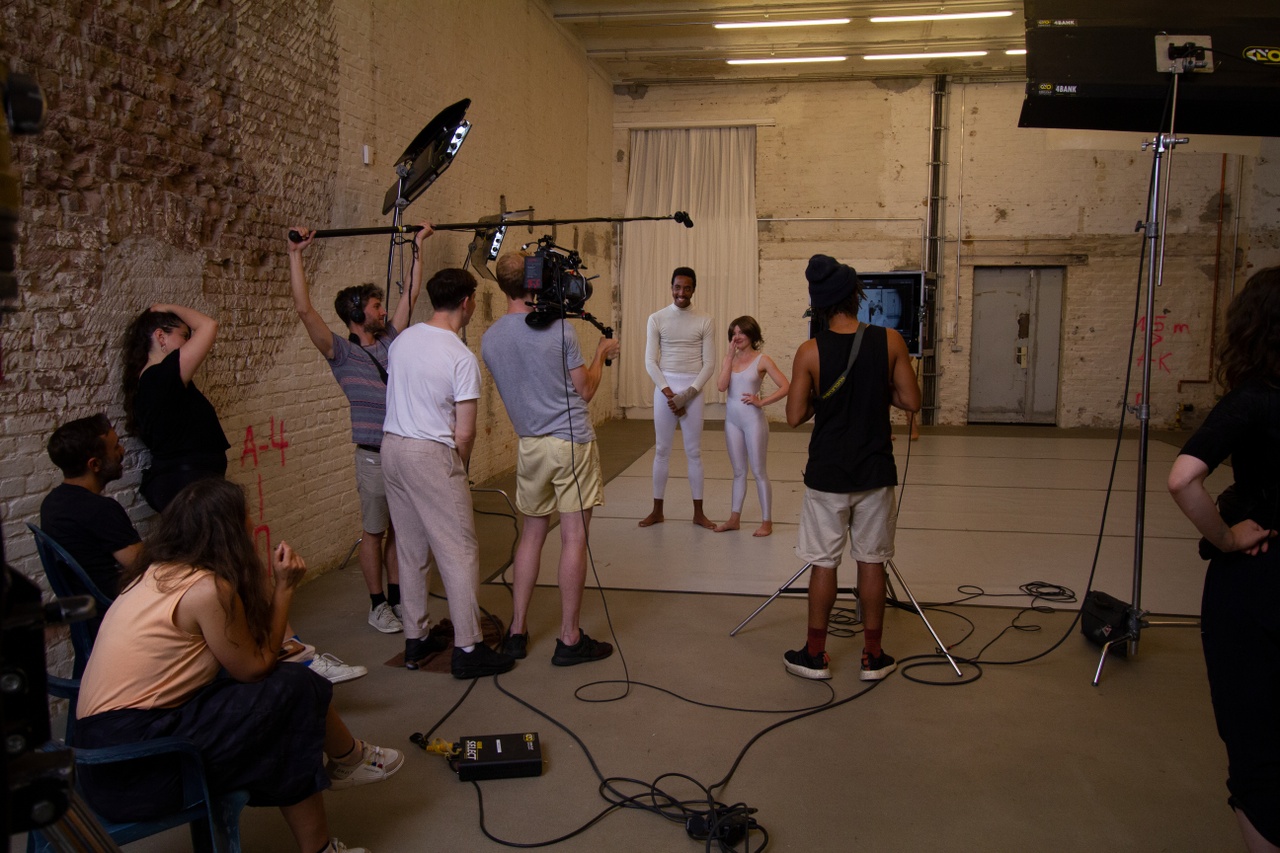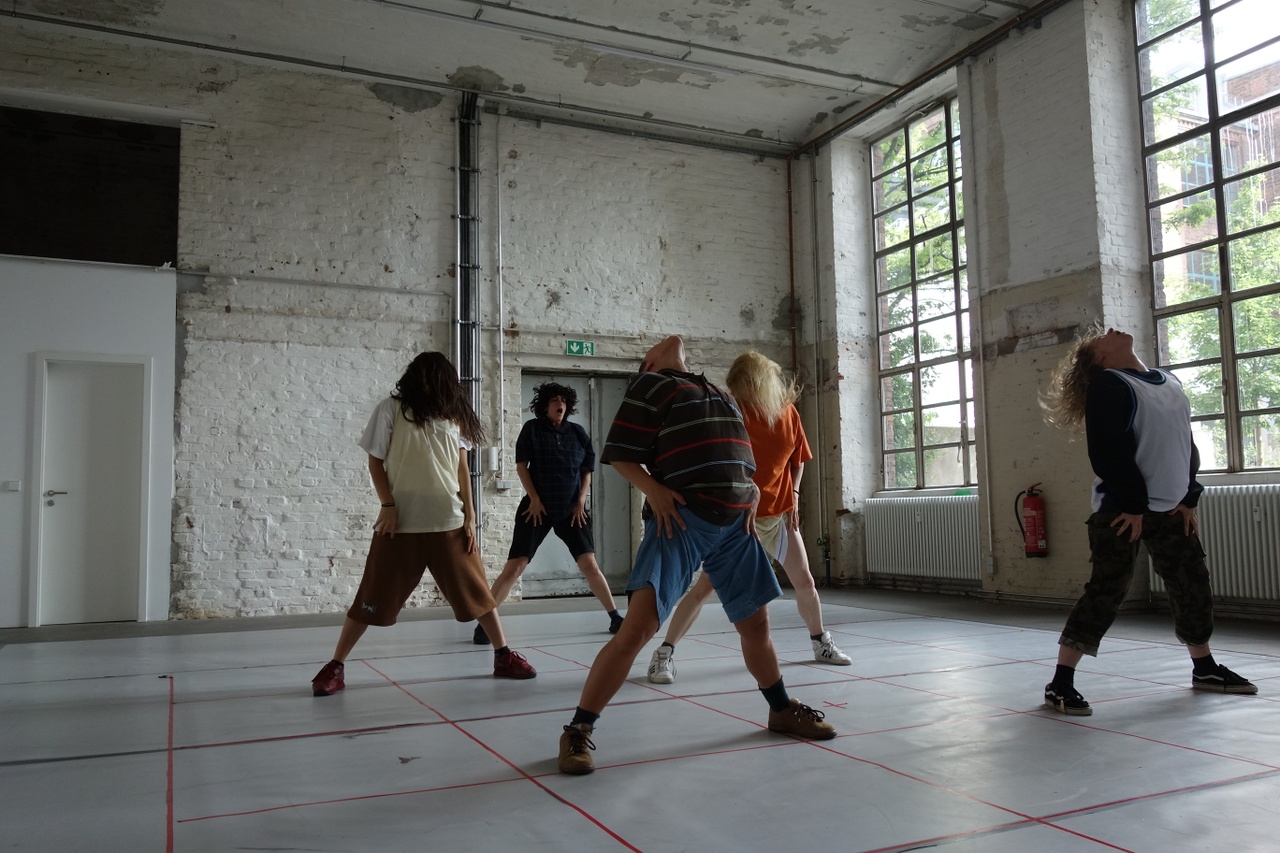Born 1977 in North Vancouver, Canada; lives and works in Berlin, Germany.
Drawing from his research into altered states, counter-culture, and transcendence, Jeremy Shaw creates video installations that complicate our expectations of the moving image as a form of testimony. Shaw refers to his work as parafictional, or post-documentary. By blurring the line between primary document and the social imaginary, Shaw builds speculative worlds that mirror our culture’s psychological fracturing.
In early works such as DMT (2004), 10,000 Hits of Black Acid (2005), and Anti-Psych (2006), Shaw explored the mind-altering potential of drug use. For Best Minds Part One (2008), Shaw began with video depicting the crowd at a straight-edge hardcore concert—a subset of the hardcore punk scene that practices abstinence from drugs and alcohol. Shaw slowed down the footage until the moshers appeared to move in time with a soundtrack of the artist’s own ambient music. With a few simple transpositions, Shaw reframed the violent movements and transformed the scene into a vibrant group catharsis.
His widely lauded Quantification Trilogy (2014-18) is set in the future after the discovery of the mechanics of spiritual ascension. In the three parafictional short films, marginalized groups discuss their beliefs and embodied movement practices. Employing outdated visuals, clothing, and hairstyles to depict the future, Shaw probes the fundamental human desire for transcendence and its countless subjective interpretations.
While in residence at Callie’s in 2019 and 2020, Shaw prepared choreography, rehearsed, and filmed his monumental video installation, Phase Shifting Index, which premiered in the artist’s solo exhibition at the Centre Pompidou, Paris, in 2020. Described by Francesca Gavin in Frieze as “powerful not only because it portrays transcendent experience but because it induces that same experience in its viewers,” the exhibition will travel to the Swiss Institute, New York; Musée D'Art Contemporaine de Montréal, Montréal; MONA Museum of Old and New Art, Hobart, and the Frankfurter Kunstverein, Frankfurt.
Jeremy Shaw was born in 1977 in North Vancouver, Canada. He holds a Bachelor of Fine Arts from the Emily Carr Institute of Art and Design in Vancouver. Solo exhibitions include Phase Shifting Index, Museé D'Art Contemporaine de Montréal, Montréal, Canada (upcoming); Quantification Trilogy, Julia Stoschek Collection, Berlin, Germany (2020); Jeremy Shaw, Selected Facets and Translation, KÖNIG LONDON, London, UK (2020); Phase Shifting Index, Centre Pompidou, Paris, France (2020); Quantification Trilogy, Esker Foundation, Calgary, Canada (2019); I Can See Forever, KÖNIG GALERIE, Berlin, Germany (2018); Liminals, Musée des beaux-arts de Montréal, Montreal, Canada (2018); QUANTIFICATION TRILOGY, Kunstverein in Hamburg, Germany (2018); Quickeners, Capri, Düsseldorf, Germany (2018); Liminals, 180 Strand London, UK (2017) and Towards Universal Pattern Recognition, KÖNIG GALERIE, Berlin, Germany (2016). Shaw’s films have screened at festivals and institutions such as, recently, Vilnius Film Festival, Brisbane International Film Festival, Durban International Film Festival and Tate Modern. Shaw is the recipient of the 2016 Sobey Award. He lives and works in Berlin.





